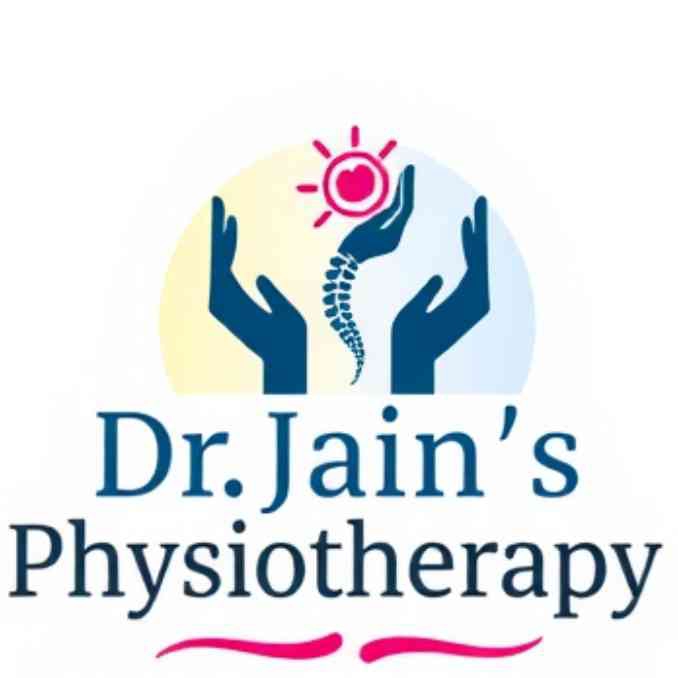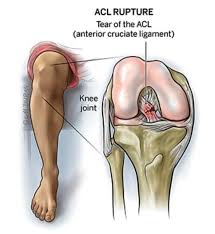+918045132690

This is your website preview.
Currently it only shows your basic business info. Start adding relevant business details such as description, images and products or services to gain your customers attention by using Boost 360 android app / iOS App / web portal.
Description
Physiotherapy plays a crucial role in the treatment and rehabilitation of ligament injuries, aiming to reduce pain, restore range of motion, improve strength and stability, and facilitate a safe return to activity. Treatment plans are tailored to the individual and the severity of the injury, often involving a combination of pain management techniques, exercise therapy, manual therapy, and proprioceptive training. Key Aspects of Physiotherapy for Ligament Injuries: Pain Management: Physiotherapists use various methods to reduce pain and inflammation, such as ice, heat, electrotherapy, and manual therapy. Restoring Range of Motion: Gentle exercises and joint mobilization techniques are used to improve flexibility and prevent stiffness. Strengthening Exercises: Progressive exercises, including isometric and dynamic movements, are designed to build strength in the muscles surrounding the injured ligament. Balance and Proprioception Training: Exercises to improve the body's awareness of joint position and movement are crucial for stability and preventing re-injury. Functional and Sport-Specific Training: Exercises that mimic daily activities or sports movements are incorporated to prepare the individual for a safe return to their desired level of activity. Bracing and Support: Depending on the severity and location of the injury, a brace may be used to provide support and stability during the healing process. Education: Physiotherapists provide guidance on activity modification, proper movement patterns, and strategies for preventing future injuries. Examples of specific treatments and exercises: Knee Ligament Injuries: Rehabilitation may involve exercises like quad sets, hamstring curls, leg extensions, and single-leg balance exercises. Ankle Ligament Injuries: Physiotherapy may include exercises like ankle pumps, alphabet tracing, and balance board exercises. Shoulder Ligament Injuries: Exercises may focus on rotator cuff strengthening, scapular stabilization, and range of motion exercises. Importance of Physiotherapy: Reduces Pain and Swelling: Physiotherapy helps manage pain and inflammation associated with ligament injuries. Improves Range of Motion and Flexibility: Exercises and manual therapy techniques restore joint movement and flexibility. Strengthens Muscles and Stabilizes Joints: Targeted exercises build muscle strength and improve joint stability, reducing the risk of re-injury. Enhances Proprioception and Balance: Proprioceptive training improves the body's awareness of joint position and movement, enhancing balance and coordination. Facilitates Return to Activity: Physiotherapy helps individuals safely return to their desired level of activity, whether it's daily tasks, sports, or work. Prevents Future Injuries: By addressing biomechanical issues and providing education on proper movement patterns, physiotherapy helps prevent future ligament injuries.


